I had such a great time with the students at FHSU in Hays, Kansas – it is so awesome to see where everybody goes with their creativity when you just “play” with a bunch of colors and some glitter… ok… china paint and gold luster, in this case. I had a blast with the students,…
I have a wide variety of china paint supplies available here on my website. I will bring several items with me for purchase to my workshops as well: These luster brushes are perfect for working with lusters; the bristles will hold up to the luster and can be covered by the cap that also acts…
Dear friends! I am super excited to tell you about some workshops that are scheduled for the next couple of months – OPEN TO THE PUBLIC! I am so thrilled to be teaching you how to china paint, use lusters and decals, and learn different finishing techniques that I use on my own ceramics, such…
Crossroads Hotel, Kansas City, Missouri
“Our perfect storm is to have a bunch of locals treating our space as a living room. We want our hotel to be their space to stop on their way home,” says Jeremy Bennett, the new director of lifestyle for the über-swank, hyper-local new Crossroads Hotel. “Hotels aren’t as kind, warm and welcoming as they…
Now Open: Handmade for your Valentine ☀️?❤️? ClayAkar’s 3rd Annual Valentine’s Day show featuring handmade ceramic jewelry from selected artists. Jennifer Allen, Jeremy Brooks, Carole Epp, Autumn Higgins, MyungJin Kim, Lorna Meaden, Didem Mert, Richard Neal, Liz Pechacek, Melanie Sherman, and Michelle Summers [Images by Clay Akar]
ANNOUNCING THE PANTONE COLOR OF THE YEAR 2019: Source: https://www.pantone.com/color-intelligence/color-of-the-year/color-of-the-year-2019
Melanie Sherman – ?? Holiday Newsletter 2018 ?? Campaign URL Copy Facebook 0 likes Twitter 0 tweets Google +1 Subscribe Past Issues RSS Translate English العربية Afrikaans беларуская мова български català 中文(简体) 中文(繁體) Hrvatski Česky Dansk eesti keel Nederlands Suomi Français Deutsch Ελληνική हिन्दी Magyar Gaeilge Indonesia íslenska Italiano 日本語 ភាសាខ្មែរ 한국어 македонски јазик بهاس ملايو Malti…
CERAMIC JEWELRY[SIGN UP HERE] The shop is filling up with more Ceramic Jewelry exclusively for all of my Newsletter subscribers, I am offering 15% off every purchase with(expires December 23, 2018) [SIGN UP HERE] Come to our gallery to view and try on these handmade porcelain jewelry pieces in person: Cerbera Gallery2011 Baltimore AvenueKansas City, Missouri 64108844-202-9303info@cerberagallery.comwww.cerberagallery.com
Shot glasses and sake cups [SHOP HERE] – These are now available ONLINE at Red Lodge Clay Center in Montana for their 2018 Holiday exhibition BLING – The walk-in opening is on Friday, November 30, 2018 from 5-7 pm MT Exhibition Posted Online: Monday, November 5th, 2018 by 10 am MT Holiday Bling, our 2018 Holiday exhibition…

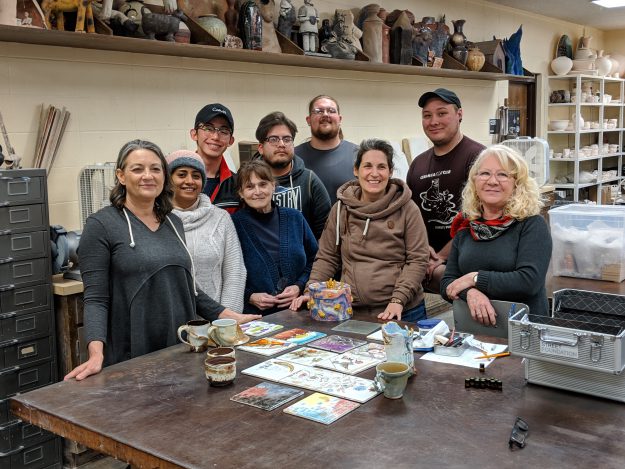
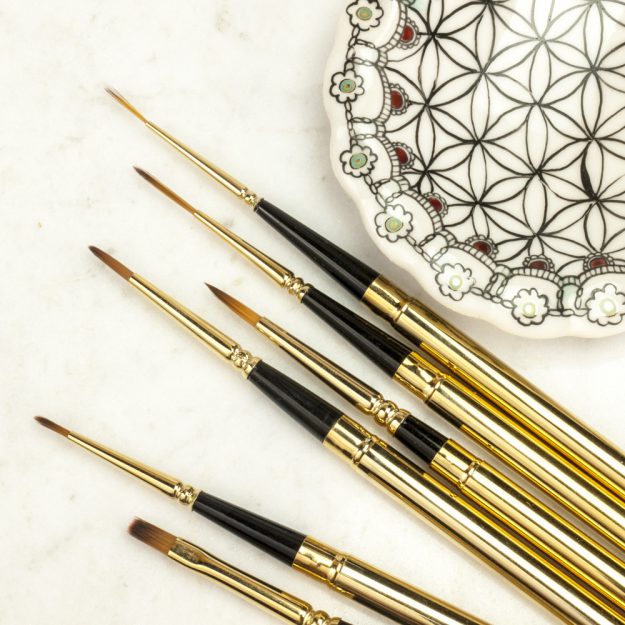


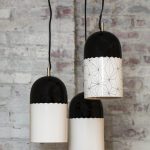 4 images
4 images 4 images
4 images 4 images
4 images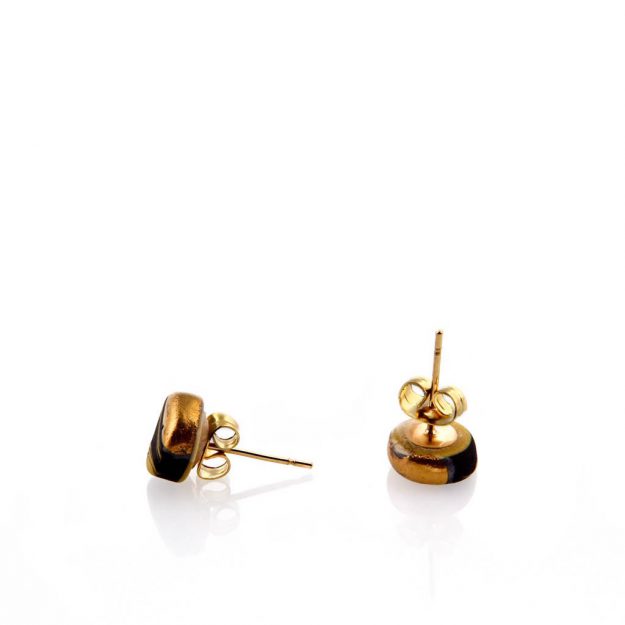
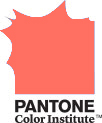
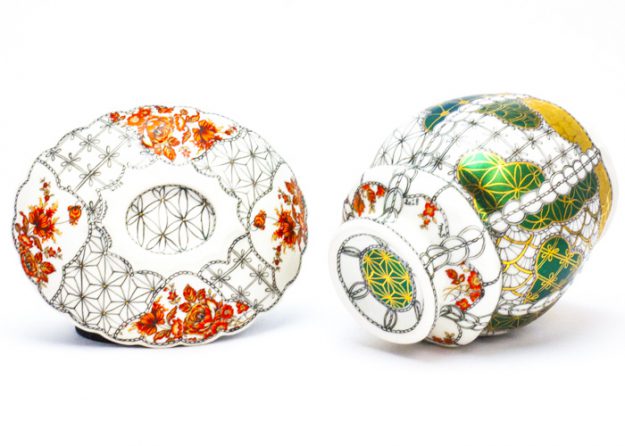
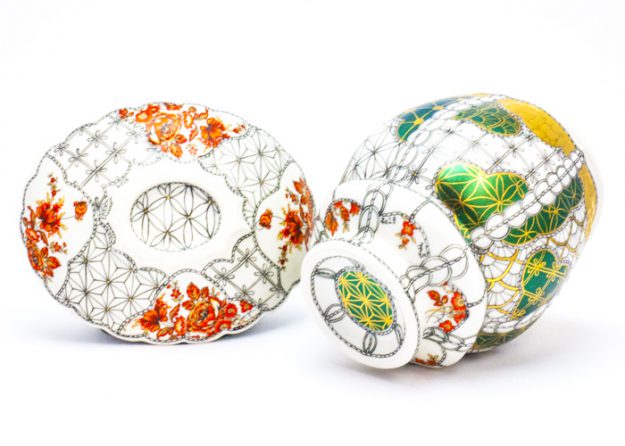
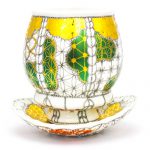 4 images
4 images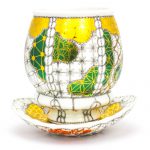 4 images
4 images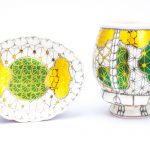 4 images
4 images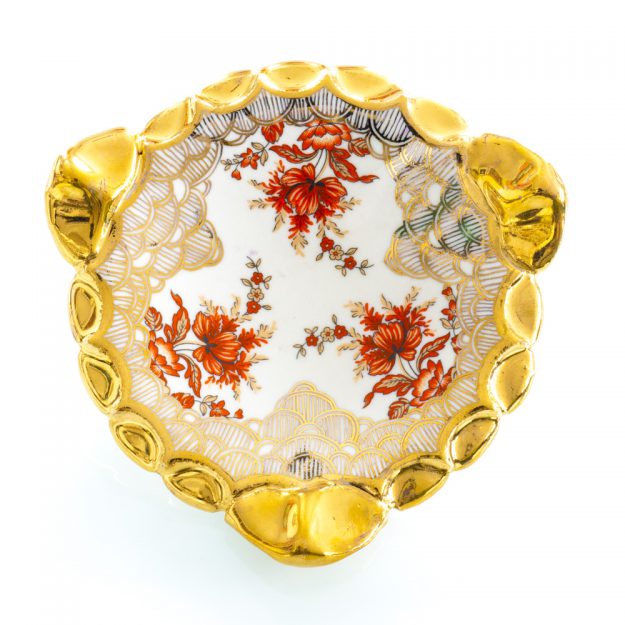
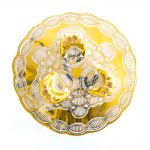 4 images
4 images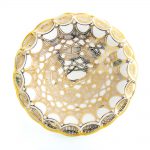 4 images
4 images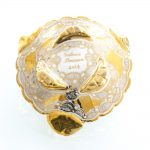 4 images
4 images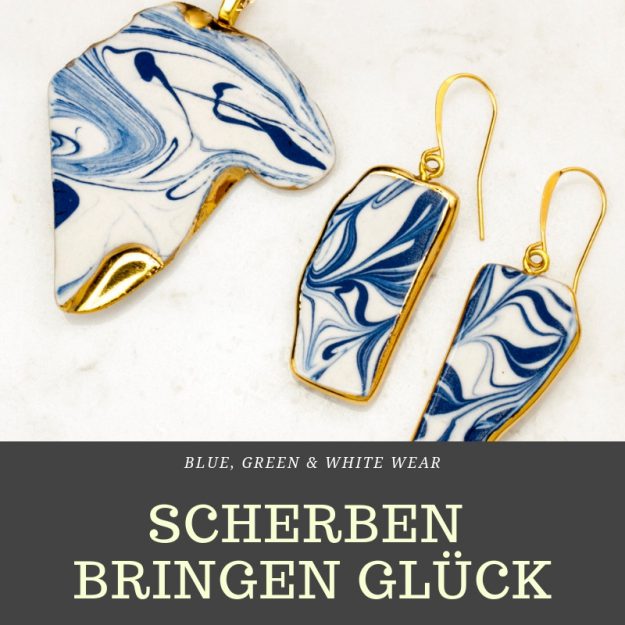
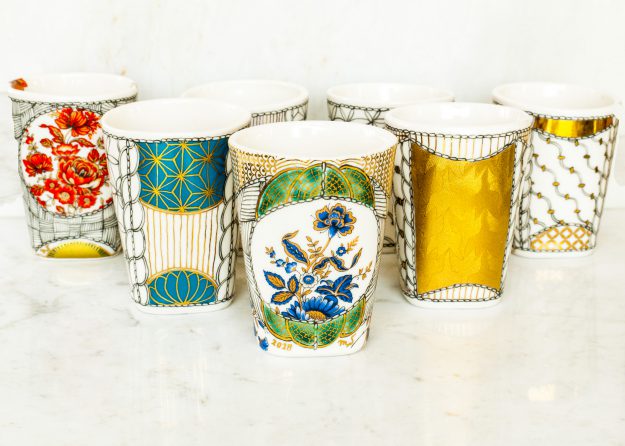
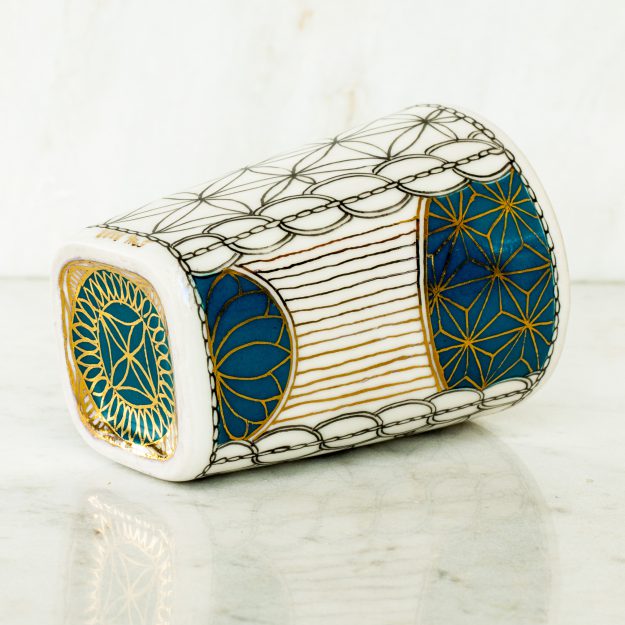
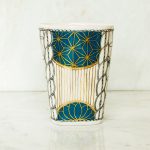 4 images
4 images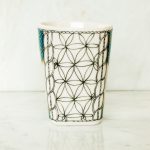 4 images
4 images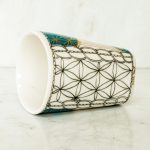 4 images
4 images